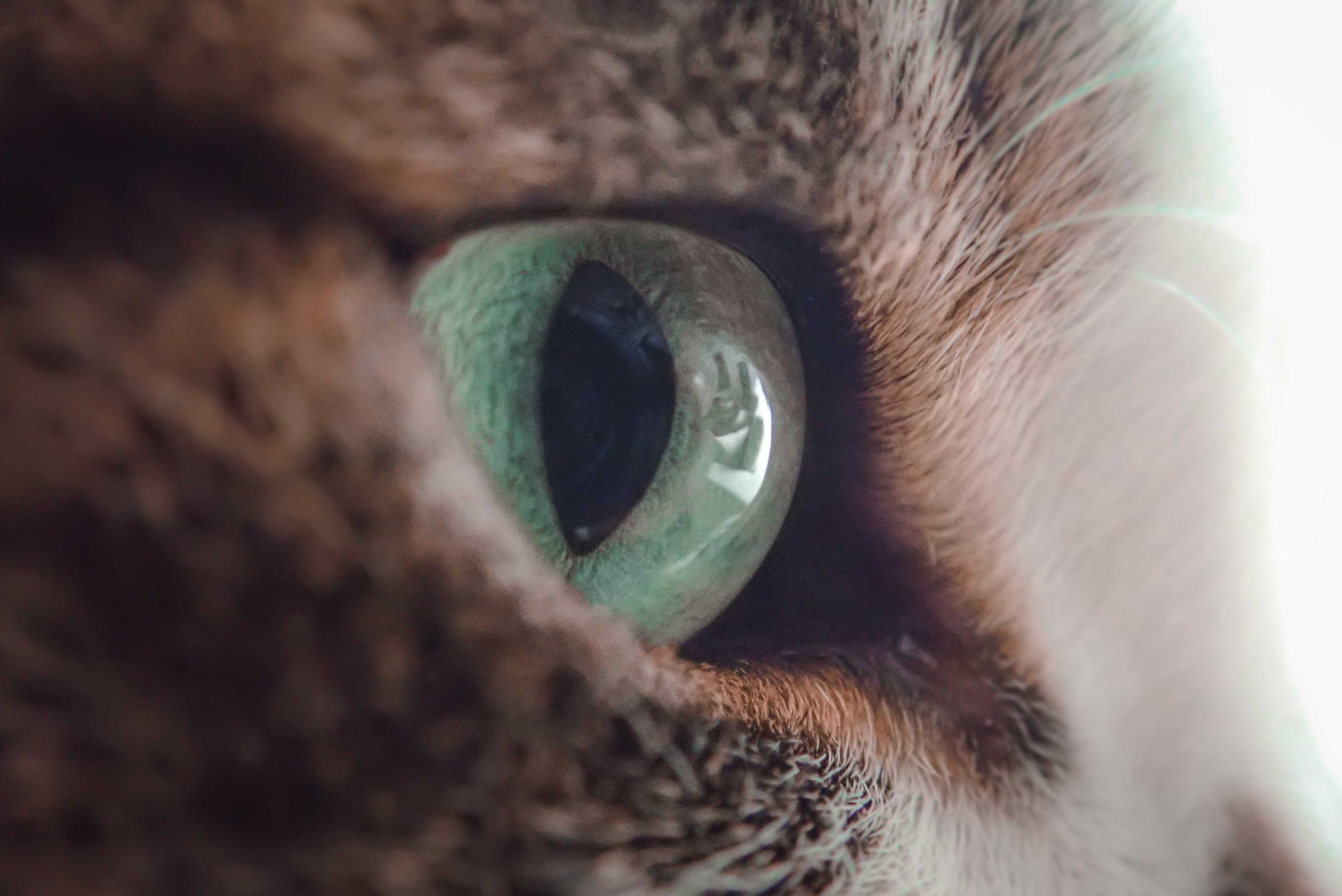Chapter 1 – Attention

One of my beloved grandparents used to say, “The most important choice you make in life is what you choose to pay attention to.”
Attention is often compared to a spotlight: whatever we’re paying attention to seems to be brighter, louder, somehow more “present” than everything else. This is particularly clear in vision. For example, look at the image of a series of tiles below. While these tiles are theoretically all identical, you can probably focus your attention on different shapes among them and make them seem to “pop out” from the image.

Our attentional control is probably most obvious in vision, since we can actually experience our eyes moving around and even use eye-tracking software to detect where we’re focusing our attention. Too bad our ears don’t swivel (unless you’re a cat)! But just as with vision, we can focus on one sound or one component of a sound, and we can move that focus around. It’s just much harder to observe.
Consider, for a moment, all the situations where musicians need to exercise our auditory focus of attention. When leading a band rehearsal, for example, a conductor who has just heard something wrong needs to direct their attention to the different parts to figure out where the problem is. When transcribing a tune, a jazz musician or arranger might need to direct their attention to specific notes to determine the exact chord being used at a given moment. Singers asked to make a difficult entrance might need to listen for specific notes at specific times in their ensemble. Keyboard players trying to bring out an inner voice might need to work hard to make sure they are hearing that above the more obvious melody. There are many more.
Essentially, one of the most important things a musician does is to pay close attention, and all of our aural skills rely on a foundation of attentional control.
Learning Objectives
Students will be able to:
- Pay close attention to a piece of sounding music.
- Direct their attention to different layers within a musical texture.
- Direct their attention particularly to bass lines.
- Direct their attention to aesthetic/affective aspects of a piece of music.
Image Attributions |
|

